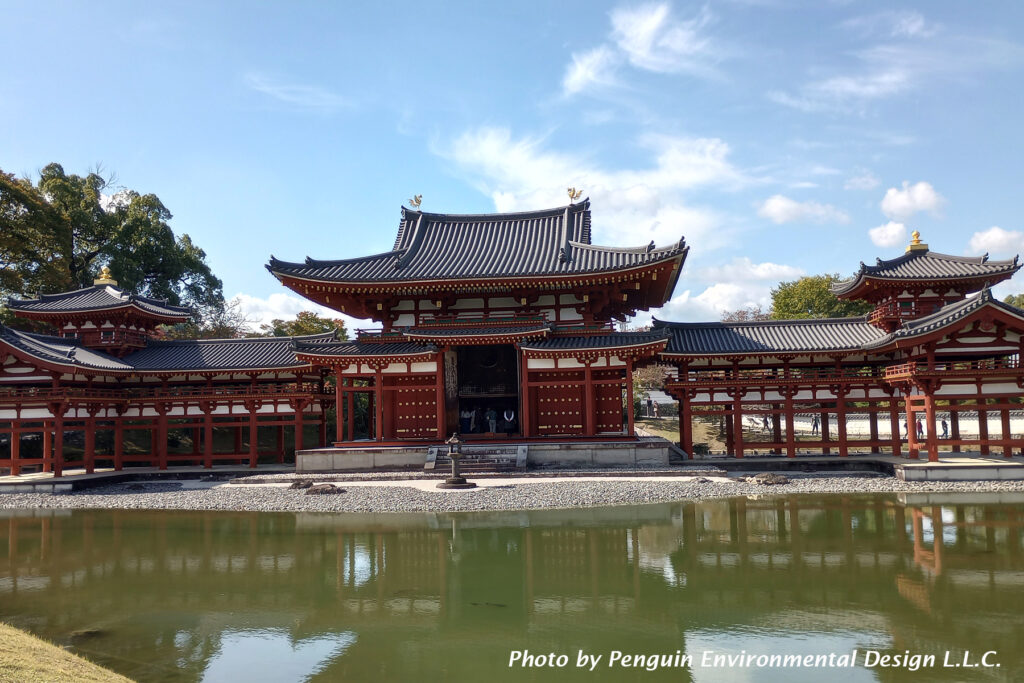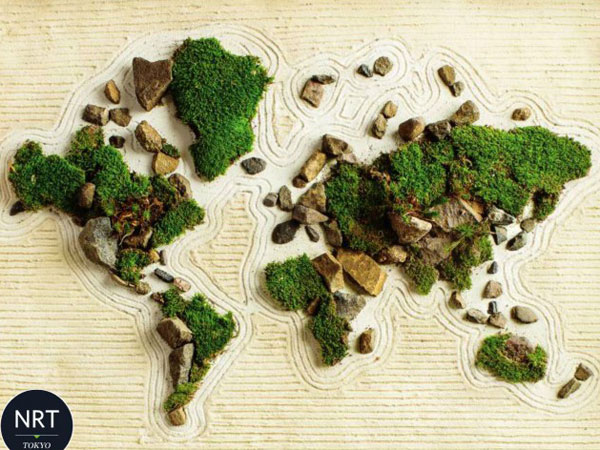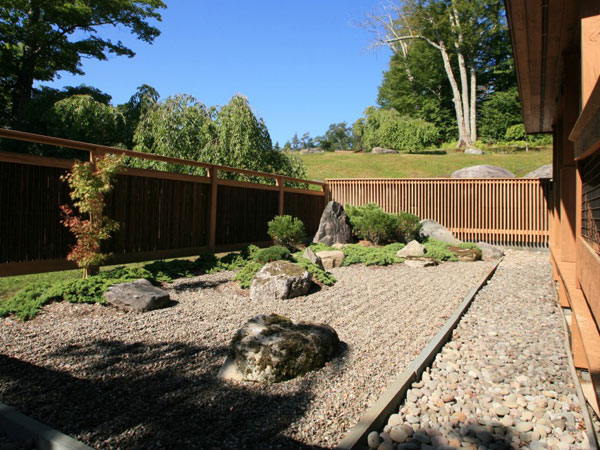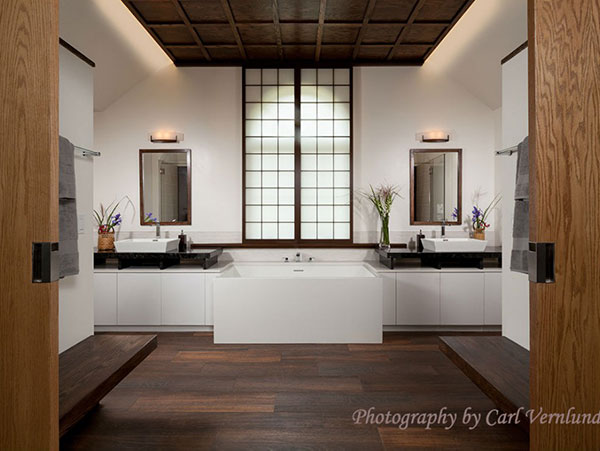Historically, no matter where it is, some gardens have been the place where people materialize their ideal world. Gardens in Japan are no exception. Buddhism was introduced to Japan in the sixth century. Then, it made people visualize the image of the place where they wanted to be after death. Sukhāvatī, or Gokuraku-Jodo in Japanese, is the pure land where Buddha resides.
The interesting point is that people in Japan added the word “west” to Gokuraku-Jodo and called Saiho-Gokuraku-Jodo, or Western Ultimate Bliss Pure Land. Japanese people believed that the Pure Land exists in a faraway western land. It is because all foreigners and anything new for Japanese people, including Buddhism, came across an ocean from the West at that time. So, it is easy to imagine that people thought that the Pure Land existed somewhere in the West.

Byodoin temple in Kyoto is one of the representative architecture with a garden for Saiho-Gokuraku-Jodo. Amidado or Phoenix Hall, a building that the Amida Buddha sits in, was constructed in 1053. Amida Buddha statue in Phoenix Hall faces the east side. It means that people can look at the Buddha to the west over the pond. The pond, representing the Ocean, encourages people to imagine that the Buddha looks at people from a further distance. Therefore, the landscape of Byodoin embodies Saiho-Gokuraku-jodo.
The point of the compass is an important factor in spiritual buildings and gardens. I imagine that Japanese people in the old days took spiritual journeys on such a spiritual landscape.


